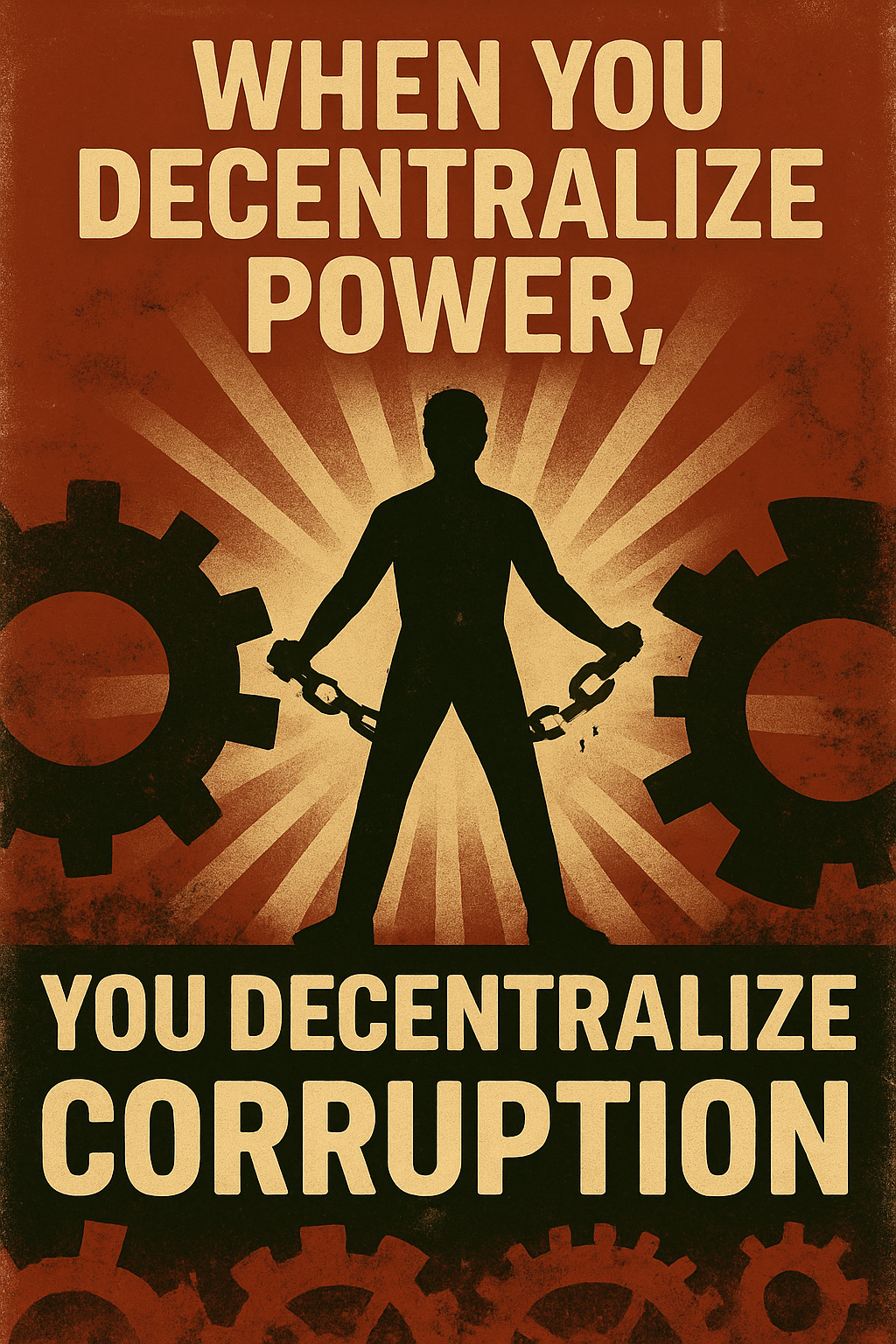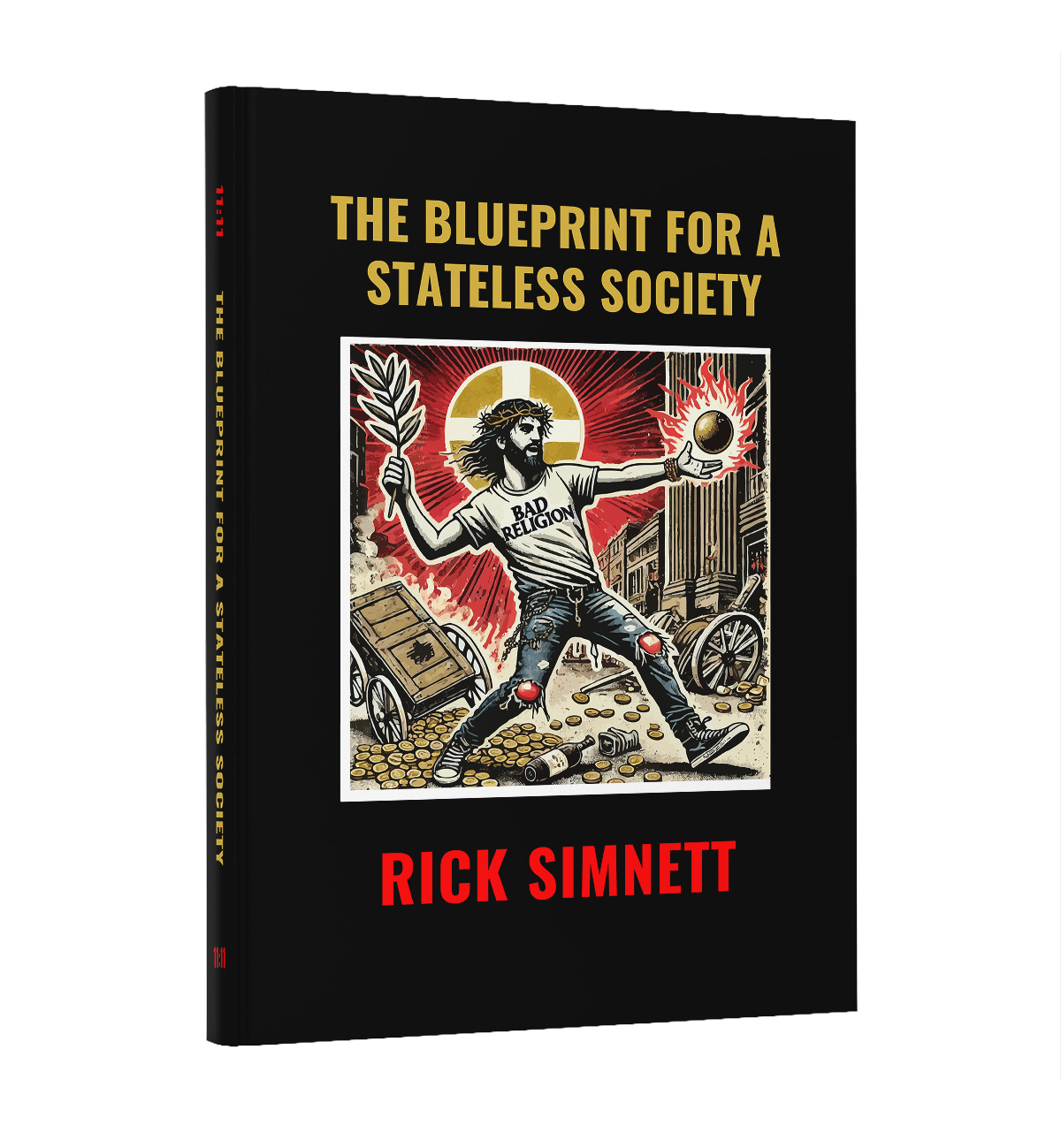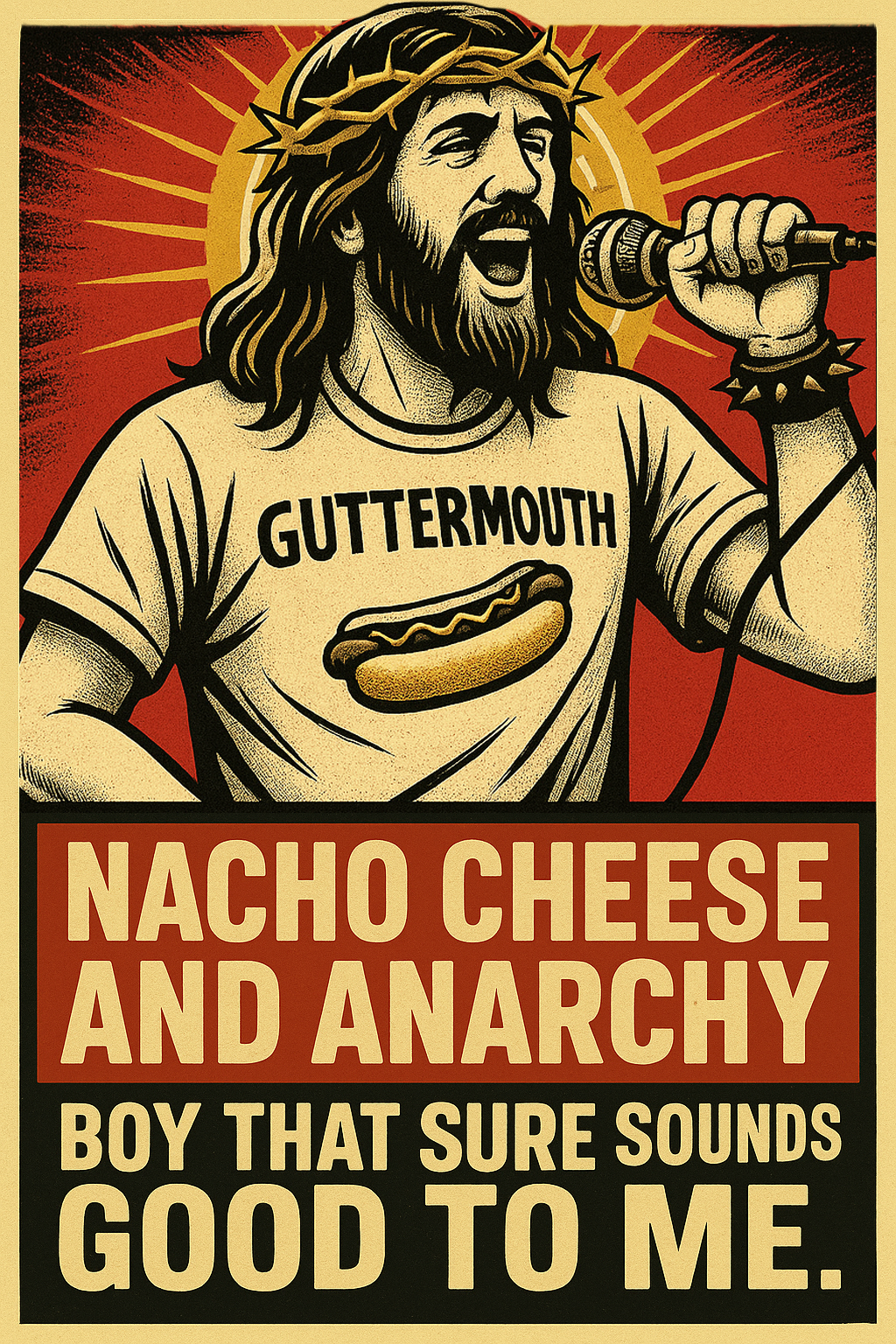Corruption isn’t an accident. It’s not a glitch in the system. It is the system.
When power is concentrated into the hands of a few — whether it’s politicians, bureaucrats, or corporate cartels — you’ve created the perfect environment for abuse. People like to imagine corruption as the result of “bad apples,” but the truth is that centralization turns the barrel itself rotten. Put too much power in one place, and you guarantee that those who seek it will often be the least trustworthy to hold it.
The solution isn’t to elect “better people.” It’s to dismantle the system that allows any person to wield that much control over others in the first place.
The Gravity of Power
Power has a gravitational pull. The bigger the institution, the stronger its ability to attract those hungry for control. This isn’t cynicism — it’s history. From monarchies to modern democracies, centralization has always been a magnet for exploitation.
In a centralized system, corruption isn’t a rare exception. It’s the baseline. One set of rules is written for the masses, another for those in charge. That’s why massive scandals — insider trading by lawmakers, sweetheart contracts for donors, revolving doors between government and corporations — never seem to go away. They’re not bugs. They’re features.
Why Decentralization Works
When you decentralize power, you make it harder for corruption to metastasize. No single person or entity can dominate the system because the system isn’t one monolithic entity anymore.
In decentralized networks — whether they’re local communities, distributed economies, or blockchain-based systems — the incentives are different. Power is dispersed, accountability is immediate, and influence must be earned, not inherited or bought.
This doesn’t mean corruption disappears entirely — humans will always have flaws. But decentralization keeps corruption small, localized, and easier to spot. It stops bad actors from gaining control over millions at once.
Real-World Proof
- Local economies are harder to corrupt on a massive scale because deals happen face-to-face.
- Open-source software thrives because no single company can lock it down or dictate its terms.
- Peer-to-peer trade creates transparency because both sides have equal bargaining power.
When decision-making is distributed, mistakes and abuses have smaller blast radiuses. They can be corrected without taking down the entire system.
The Illusion of Oversight
Centralized governments love to promise that they can police themselves. They create ethics committees, inspector generals, and oversight boards. But these bodies are still tied to the same power structure they’re meant to monitor.
It’s like hiring the fox to guard the henhouse and then acting shocked when feathers are everywhere.
Decentralization removes the need for this sham oversight. Instead of trusting one watchdog, you empower millions of watchful eyes.
From Theory to Practice
The ideas in The Blueprint for a Stateless Society take this concept to its logical conclusion. By replacing centralized political control with voluntary, peer-to-peer systems of cooperation, you break the monopoly on power that makes systemic corruption inevitable.
Instead of trying to “clean up” a system built for abuse, you build a new one where corruption simply doesn’t scale.
Like what you read? This is exactly what The Blueprint for a Stateless Society explores — how voluntary cooperation and decentralized structures can replace coercive monopolies. Want to see how this works from the neighborhood level to global trade? Download the blueprint and find out.




